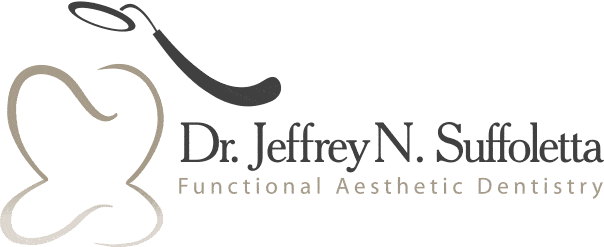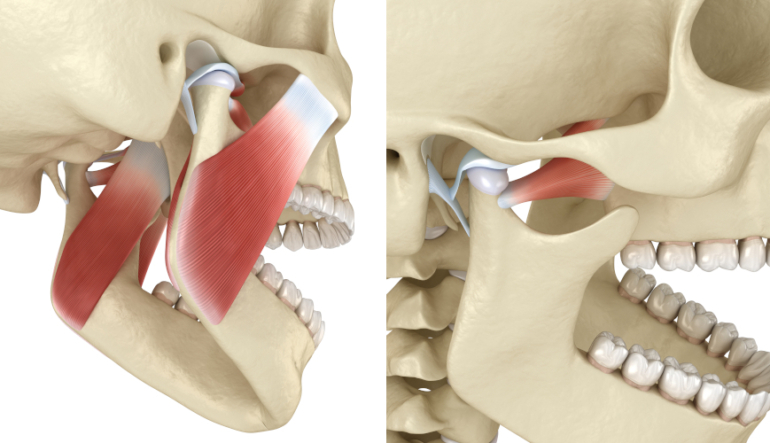How TMJ Injections Can Help You Get Rid of Jaw Pain
Are you looking for an alternative way to help alleviate your jaw pain associated with TMJ disorders? Then you have come to the right place! This article will delve into TMJ injections and how they work. By the end of this article, you should have an understanding of the available TMJ injections and how you may benefit.
RELATED ARTICLE: Dentures VS Dental Implants
What Is TMJ and How Is It Commonly Treated?
TMJ (Temporo-Mandibular Joint) disorder is usually diagnosed by your dentist or doctor by:
- Listening to/Feeling the Jaw (when the mouth is opening and closing)
- Observing the Range of Motion in the Jaw
- Identifying Sites of Jaw Pain or Discomfort
If either your dentist or doctor is concerned that there may be a problem, you may need to have a:
- Dental X-Ray (examine teeth and jaw)
- CT Scan (detailed images of the bones in the joint)
- MRI (to identify the issue with the joint’s disk or soft tissue)
While TMJ can disappear by itself in many cases, some patients experience persistent symptoms of jaw pain. If this happens, your doctor may prescribe you some pain relievers or anti-inflammatories to help with the jaw pain and discomfort. Occasionally, tricyclic antidepressants are used in low doses as well as muscle relaxants to ease muscle spasms.
Your dentist or doctor may also recommend any of the following:
- Oral Splint
- Mouth Guard
- Jaw Therapy and Exercises
- Counselling (to understand what behaviours may aggravate your pain)
RELATED ARTICLE: How to Properly Care for Your Invisalign Aligners
Other TMJ Treatment Procedures
When your doctor cannot help to relieve your symptoms through other means, they may turn to surgical or alternative options. Some of these options are:
- Open-Joint Surgery
- Arthrocentesis
- Arthroscopy
- Injections
- Modified Condylotomy
RELATED ARTICLE: The History of Aesthetic Dentistry
TMJ Injections
One method to help alleviate jaw pain is the use of Botox thru TMJ injections. Botox has been found to help with the associated jaw tension that causes the jaw pain. When Botox is injected, it can help relieve some of the soreness, jaw pain, and discomfort. Botox can even help eliminate any headaches that are associated with teeth grinding.
The temporo-mandibular joint is used during everyday activities such as eating, talking, and swallowing. The joint is located on both sides of the head where the jawbone meets with the skull. Occasionally, the joint can become overworked or displaced. For instance, if someone grinds their teeth, they may suffer from headaches.
Botox works by relieving the tension in the jaw, by making the muscles unable to engage in the unconscious movement. Botox is a relatively quick and straightforward procedure that causes minimal pain. This non-surgical procedure is typically administered in a doctor’s office, without the requirement of a hospital stay.
What to Expect After Botox Injections?
Many patients begin noticing some improvement within one or two days. Initially, muscle soreness will start to reduce immediately. Patients will also notice a reduction in wrinkles within 24 to 48 hours. Wrinkles may also continue to diminish for up to one week after.
You can also expect to see some mild bruising and redness around the injection sites. Some patients may also notice some numbness around the areas; however, this will clear up quickly. As a bonus, you may even notice that you have a more natural look.
Recovery Time from Botox
As Botox is a non-surgical and non-invasive procedure, most patients will be able to get back to normal right away. However, it is advised that the patient avoids physical activity for a while after. Also, to avoid the toxin spreading into other muscles and being ineffective, patients should not rub the area.
RELATED ARTICLE: Can I Smoke or Drink After A Tooth Extraction?
Botox Risks and Complications
As with any other medical procedure, there are always going to be some form of risks and side effects. However, the risks and limitations associated with Botox are minimal. Here are some of the more common side effects:
- Headaches
- Temporary Drooping of the Eyelid
- Nausea
- Respiratory Infection
RELATED ARTICLE: Laser Dentistry in Endodontic Treatments, Is it Safe for You?
Some fewer common symptoms include pain, muscle weakness, and redness at the injection site. Some patients may also notice some bruising at the injection site. However, any initial pain or bruising is temporary and should heal quickly.
There are some limitations to Botox TMJ injections. Botox is not recommended for around the mouth because it can cause inconvenient effects. For instance, the mouth is used for chewing and talking and this may become a little challenging. Another limitation of Botox is that the patient may end up developing antibodies. As a result, the patient may eventually be unable to have further treatments as their body builds up a resistance. To reduce how quickly Botox becomes ineffective, one solution is to have lower doses.


